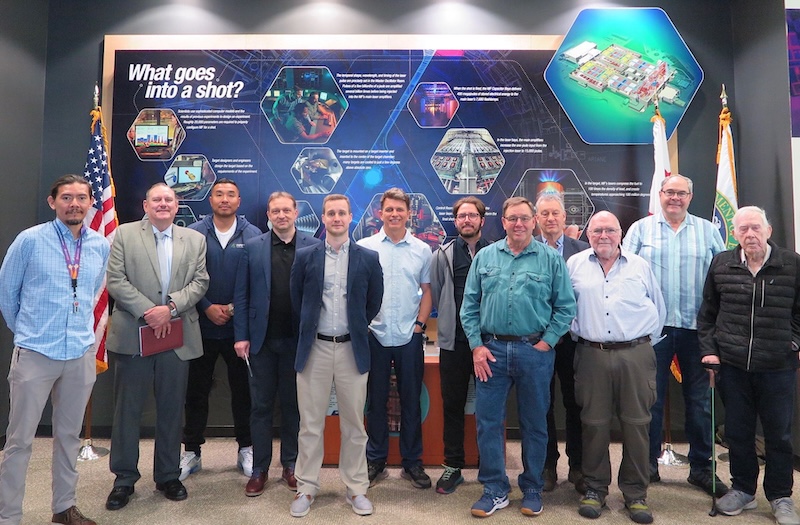Branded Content by Cosmic Press
Image Source: Photo by George Pak/Pexels
The gap between academic knowledge and practical workplace skills is increasingly evident, and while many graduates possess theoretical understanding, they often lack the hands-on experience needed to excel in their careers.
In spite of this, employers are seeking candidates who can seamlessly integrate into their operations without having to undergo extensive additional training to get up to speed.
The good news is that universities are rethinking their approach to curriculum design in response to the changing demands of the modern job market.
Here’s a look at the scope of the problem, the various ways the gap is being bridged, and why it paints a positive picture of the future employability of students currently still in education.
The Academic-Practical Divide
The disconnect between academic programs and workplace demands stems from several factors. Traditional educational models emphasize theory over application, which leaves students ill-prepared for the nuances of professional environments. That explains why graduate unemployment rates currently hover at 4.8%, and have actually climbed slightly in recent months.
Key contributors to this divide include:
- Outdated Curriculum: Courses often lack updates to reflect current industry standards.
- Limited Exposure: Students have minimal interaction with real-world scenarios.
- Skills Mismatch: Graduates possess theoretical knowledge but not the practical skills required by employers.
Integrating frontline training solutions into academic curricula addresses these issues effectively. These solutions provide hands-on experiences that mirror actual job tasks, bridging the gap between classroom learning and practical execution.
For example:
- Incorporating internships and cooperative education programs. This is good for students and businesses alike, as 72% of interns receive job offers as a result of their involvement with organizations.
- Utilizing case studies and problem-solving exercises.
- Implementing advanced simulation tools.
In doing so, universities can produce graduates who are well-equipped to meet modern workforce demands.
Innovative Approaches to Curriculum Design
Adopting new methodologies in curriculum design is crucial for aligning academic instruction with workplace requirements. Modern training solutions enhance student readiness, making educational experiences more relevant and effective.
Key strategies include:
- Blended Learning Models: Combining online resources with traditional classroom teaching. This is preferred by students as well as teachers, with one study showing that effectively 100% of educators involved are in favor of this approach.
- Industry Partnerships: Collaborating with companies to ensure curricula meet current professional standards.
- Project-Based Learning: Encouraging students to work on real-world projects that simulate workplace challenges.
For instance this might involve:
- Establishing mentorship programs with industry professionals.
- Integrating certification programs into degree pathways.
- Utilizing data analytics to track student progress and adjust learning modules accordingly.
These approaches both improve skill acquisition and also encourage critical thinking and adaptability. Graduates emerge from these programs better prepared, confident, and capable of contributing meaningfully from their first day on the job.
Leveraging Technology for Practical Skill Development
It’s no surprise to see technology taking a lead in equipping students with the practical skills they need. Universities can provide immersive and interactive learning experiences that go beyond traditional textbooks with the right tech to hand.
Key technological implementations include:
- Virtual Reality (VR) Simulations: Offering realistic, hands-on practice without physical constraints.
- Online Collaboration Platforms: Enabling teamwork on projects across different locations and time zones.
- Artificial Intelligence (AI)-Driven Tools: Personalizing learning paths based on individual student needs and performance metrics. With 70% of universities expressing a positive outlook on AI, adoption of associated tools is certain to spike.
Examples of effective technology integration include:
- Creating virtual labs for science and engineering disciplines.
- Utilizing AI to develop adaptive quizzes that reinforce weak areas.
- Implementing cloud-based software for collaborative coding projects.
These technologies make learning more engaging while also mimicking the tools used in modern workplaces. As a result, students become adept at using industry-standard technologies before they even graduate, giving them a competitive edge.
Final Thoughts
While students still need to take the initiative and make the most of the opportunities presented to them by a university education, modern training methodologies and technologies are giving the institutions they attend a better way to endow them with employability-boosting skills. Ideally this will result in the next generation of professionals being more capable and prosperous.
Branded content furnished by our promotional partners. The Daily Sundial editorial staff is not involved in its production. Content does not reflect the views or opinions of the editorial staff.








